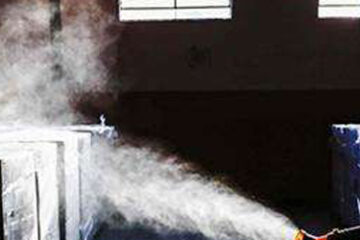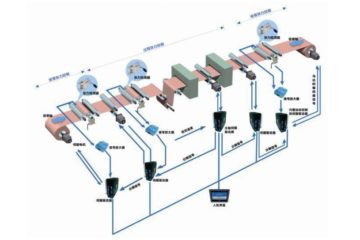Digitalization has become the theme of today’s society and has penetrated into all walks of life. The printing and packaging industry is no exception. After digitization, the road has begun to attract more and more people’s attention. In order to let everyone know about this information, we will have a high-level sponsored by the Highcon company, a brief translation of the digital white paper written by whattheythink website, dedicated to everyone.
At present, the packaging industry or the commercial printing industry is facing many new challenges – short version, more customized products, faster delivery time, and constant rising cost pressure. These are just a few of the many challenges facing the printing industry. In order to meet these challenges, traditional equipment manufacturers and digital equipment manufacturers have made a lot of efforts for the printing process. However, for many companies, the downstream process is still the bottleneck of its production.
This white paper discusses how the digital revolution has affected the industry, including some real-world examples of how printers can overcome bottlenecks in their production processes with digital devices and how designers can break through the design of traditional devices. limit.
Greetings
Welcome everyone to the world of digital back. Our story begins with a hundred-year-old American company, American Greetings. The company has an annual income of 2 billion US dollars and employs 17,600 people. Their team is constantly looking for new technologies that will give them more advantages. “There is a symbiotic relationship between design and production. Designers know how to design under existing constraints to avoid cost out of control.”
However, they and other companies have been trying to find new technologies that can break through these limits. At the drupa show in 2012, they first saw the digital cutting process, and they immediately realized the importance of this technology to them. “This new process allows us to achieve higher product quality than traditional die-cutting methods.” Their team was very excited when they showed their new craft to their design team.
Currently, the US greeting card company has used the device to produce more than one million cards. This digital process allows them to design more complex patterns and achieve ultra-small batch production. Moreover, they can make sample trials more convenient, and now they can make trials of 15 to 20 products per day, which is impossible for traditional methods.



